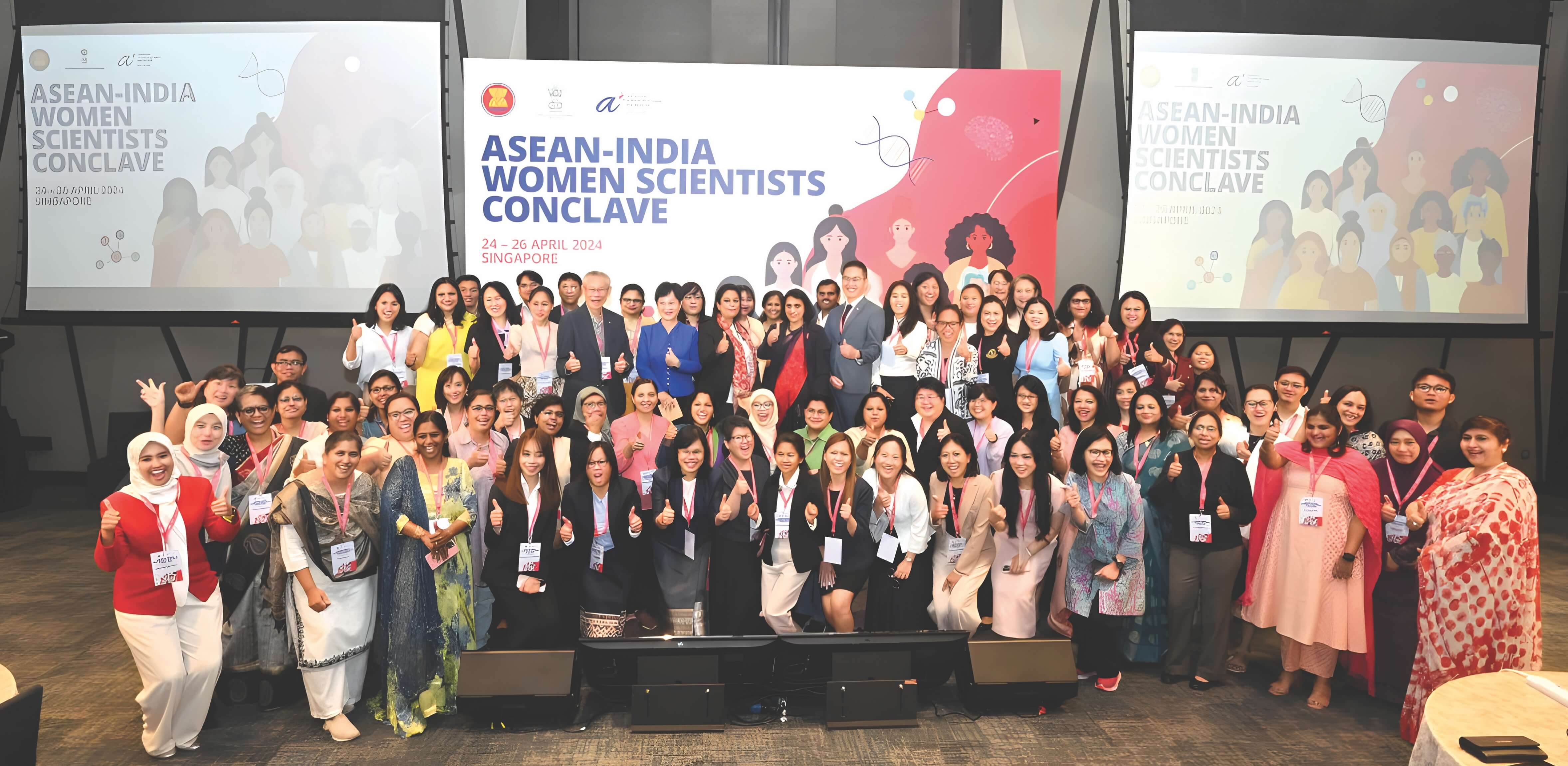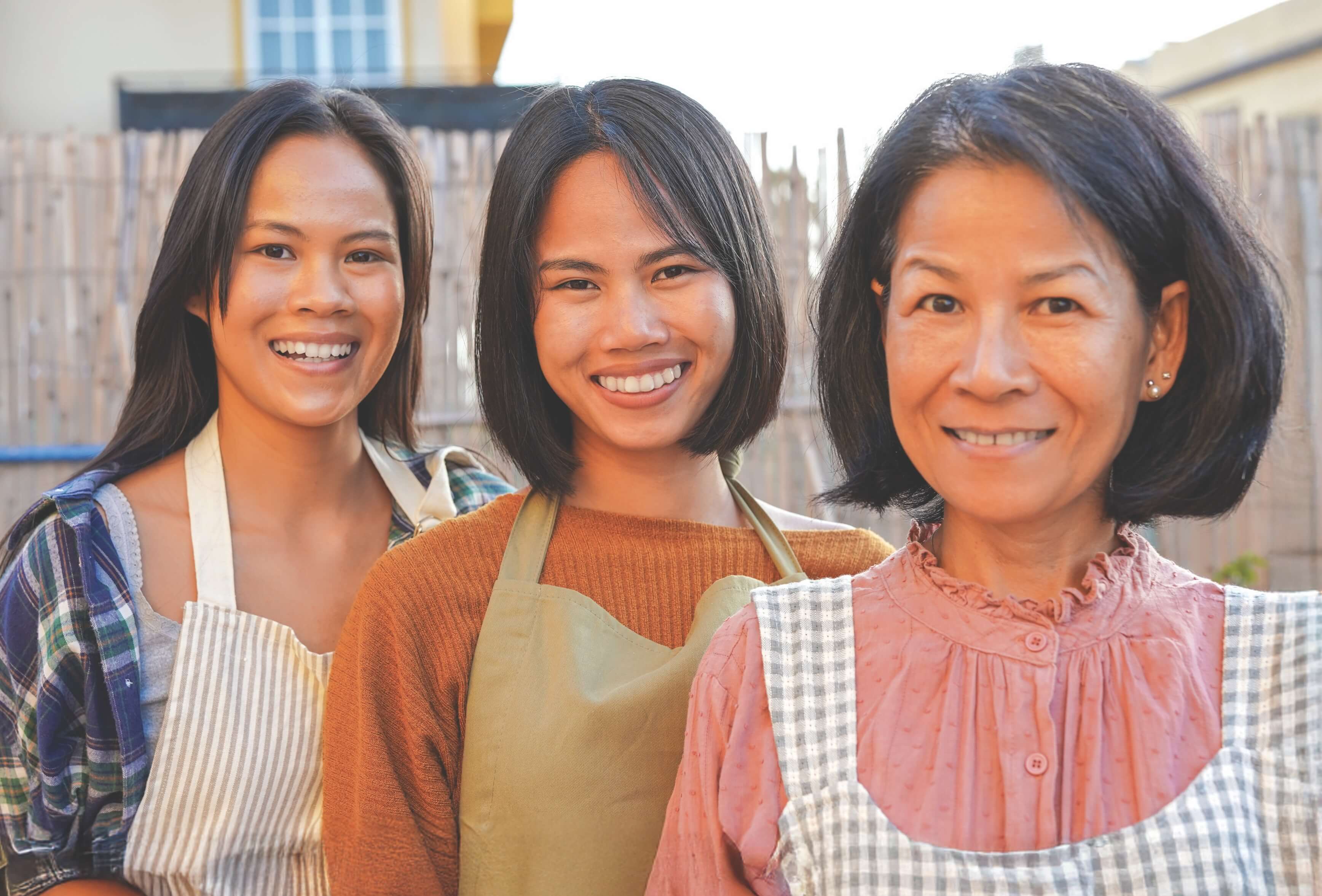




Indigo derives from the Greek word “indikon,” meaning “from India.” The Indus valley civilisation in 4th century BC discovered that the Indigofera plant could produce a blue dye. A complex and time-consuming process of soaking, fermenting, and drying indigo leaves was developed to harness this dye, turning it into a valuable trading commodity.
As the desire for Indian indigo increased over the centuries, masterful techniques for creating luxurious and intense shades of blue became tightly guarded family secrets, passed down through generations. Indigo’s worth continued to hold high, and by the 17th century, it was sought after by the British and Dutch East India Companies.
By 1850, Bihar and Bengal in India were supplying about 80 per cent of the world’s indigo. This success was not without considerable cost, as human exploitation was built into the plantation system. Harsh measures were imposed on farmers to force them to shift from planting food crops to growing indigo. Poor weather conditions, however, resulted in low crop yields and eventually starvation. Between 1839 and 1860, riots were common, resulting in what is known as the Indigo Rebellion. The rebellion emerged again in the 20th century and came to the attention of Mahatma Gandhi. He assisted the farmers through non-violent disobedience and negotiated an improved agreement for indigo workers.
Indigo, together with salt, are commodities associated with India’s independence movement.
Indigo Textiles in Southeast Asia
Indigo’s presence in Southeast Asia can be traced back prior to western expansion. The ships that sailed under the midnight sky, brought with them this precious dye and India’s ancient dyeing techniques. These techniques continue to thrive in the region. Indigo features prominently among Southeast Asia textiles, appearing in printed, woven or tie-dyed textiles.
Pekalongan, Lasem and Solo, on the island of Java, Indonesia, are part of a network of three cities that produce Batik Tiga Negeri. Batik is a dyeing method common in Indonesia and Malaysia that uses wax over patterns to resist colours. Historically, the process involved the batik cloth travelling to the three different towns in Java and dyed according to their signature colours: red in Lasem, brown in Solo and indigo in Pekalongan. Batik Tiga Negeri was highly popular between 1950-1970.
Cambodian silk ikat textiles were once considered the finest in the world. The industry is making a revival after a decline in the 1970s, and since 2018, the local industry has been producing sufficient indigo dyes to include it in their textile designs.
The Hmong communities in Viet Nam, Lao PDR, Myanmar, and Thailand, maintain strong natural indigo dyeing traditions. Hemp is used to make a fabric, which is tinted with indigo that is so dark, it looks almost black. For some tribes, the darker the indigo, the more prized is the cloth.
In Sakon Nakhon, Thailand, indigo cloth is an honoured part of the community’s identity. The local indigo industry is strong and a significant source of income for the villagers. Civil servants are encouraged to wear indigo-dyed clothes on Fridays.
Indigo is prominent in the suet pat, a traditional long-sleeved shirt worn by women in Lao PDR. The pha sin, a woman’s ceremonial skirt, also uses an indigo base which well illustrates the beautiful zigzag weaving patterns.
The Isinay community in Luzon, Philippines, uses indigo in their ceremonial textiles. The Mangyan indigenous group, initially the only inhabitants of Mindoro Islands, Philippines, uses indigo in their traditional Ramit textile patterns.
Intricate designs using indigo threads feature in Brunei Darussalam’s and Malaysia’s woven fabrics. The fabric is used as a kain samping, which forms part of the traditional Malay attire, and also in more contemporary ways.
In Malaysia and Singapore, a new generation of artisans have revived the use of natural indigo dyeing in their fabrics. Fueled by the drive to manufacture more sustainable clothing, a range of contemporary everyday wear is being produced with natural dyeing methods, including indigo. Indigo is also incorporated into contemporary Malaysian batik.
Women and Indigo Production
Throughout Southeast Asia, indigo dyeing is steeped in mysticism and spirituality, with women often considered sacred keepers of this knowledge.
The dye is considered alive in some communities, such as the Khmer community in southern Thailand. Before an indigo dyer passes on wellguarded knowledge to another dyer, the community holds a ceremony to pay respects to the indigo dye. The perceived powerful nature of the dye has stopped potential students from learning the craft, for fear of misfortune befalling them.
n certain communities, men and women of childbearing age are not allowed near the dye vat, as their presence is said to be detrimental to the dye’s well-being. This belief is shared by communities in Rote, Indonesia, and Nagaland, India. Similarly, a couple quarrelling in front of a vat of dye could supposedly cause it distress, so the indigo would need some cajoling.
These practices put the production of the dye in the hands of older women. In Sumba, Indonesia, women who are knowledgeable about the art of indigo dyeing are also considered qualified herbal healers and midwives.








